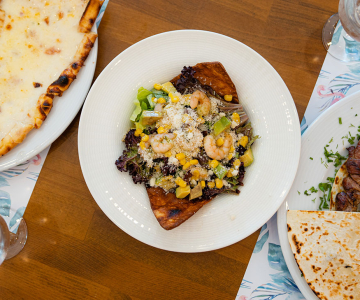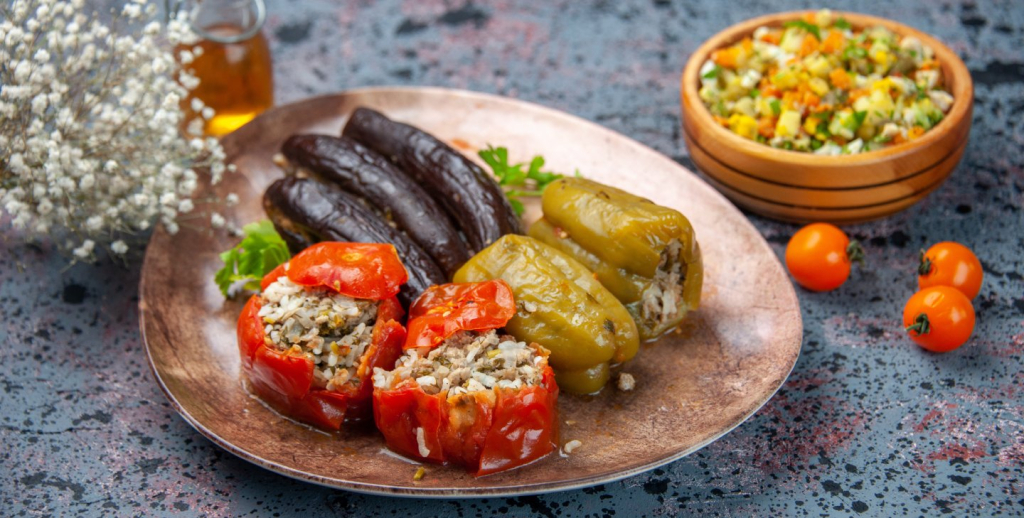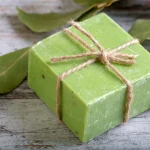With a history dating back thousands of years, kilims are one of the most deeply rooted crafts in Anatolian culture. Both a work of art and an indispensable part of everyday life, kilims have been woven by women for centuries, transforming their life stories and emotions into motifs.
Rugs woven in various styles across almost every region of Turkey remain a vibrant tradition, particularly in Antalya and its surroundings.
What is a Rug?
A kilim is a type of flat weave obtained by tightly weaving warp and weft threads without knots on a hand loom. The difference between kilims and carpets is that kilims do not use knots and are generally thinner. Kilims woven from wool, cotton or goat hair can be used for many purposes, such as display in living areas, wall decoration or as a cover.
The Tradition of Kilim Weaving in Turkey
The tradition of kilim weaving in Anatolia has been preserved for centuries as part of the cultural heritage of Turkish communities that migrated from Central Asia. Each region has its own unique motifs, colours, and techniques. Kilims often play an important role in a young woman’s dowry and sometimes serve as a source of income for families. This craft is not only a means of livelihood but also serves as a cultural memory.
In regions such as Kayseri, Uşak, Sivas, Konya, and Antalya, kilim weaving is continued both with traditional methods and modern production approaches. Especially in regions like Antalya, which attract significant tourist interest, kilims are sold both as authentic souvenirs and as collectible pieces.
The Importance of Rugs in the Antalya Region
Antalya, the pearl of the Mediterranean, stands out not only for its nature and history but also for its rich handicraft culture. Settlements in the region such as Toroslar, Elmalı, Gömbe, Serik, Korkuteli, and Manavgat have been the centres of rug weaving from past to present.
The kilims produced in these regions are typically made from goat hair and wool yarn and adorned with traditional motifs. Motifs such as ‘ram’s horn,’ ‘elibelinde,’ ‘scorpion,’ and “abundance” serve both as decorative elements and carry symbolic meanings. For example, the ‘elibelinde’ motif represents fertility and the productivity of women.
Women in the villages of Antalya continue to weave kilims on wooden looms set up in their homes, viewing this work as both a cultural duty and an economic activity. Especially in the summer months, kilim workshops and markets in the region come alive with the interest of local and foreign tourists.
The Kilim Production Process: Patterns Woven with Labour
Rug weaving is an art that requires patience and skill. First, wool or hair obtained from animals is cleaned, spun, and dyed. In the Antalya region, natural plant-based dyes are still used; colours are obtained from materials such as walnut shells, onion skins, and pomegranate peels. This extends the lifespan of the rug and prevents the colours from fading.
After the dyed threads are dried, they are placed on the loom and weaving begins according to the pattern diagram. Some master weavers weave the patterns from memory, which gives each kilim its own unique spirit. An average-sized kilim can be completed by one person in approximately 3-4 weeks.
Discover the Famous Antalya Rugs That You Can Take Home With You as a Souvenir From Your Holiday!
Hand-woven rugs from Antalya are highly valued both domestically and internationally. Boutique shops in tourist areas display and sell hand-woven rugs in their windows. In addition, the public markets and local handicraft festivals established in Elmalı and its surroundings are of great importance in promoting these products.
Women’s cooperatives and local craft communities combine traditional rug weaving with modern marketing concepts, creating employment opportunities while preserving cultural heritage. Some boutique hotels and restaurants in Antalya even decorate their spaces with these handcrafted products, offering visitors an authentic atmosphere.
Culture in a Knot, Story in a Motif
A rug is not just a floor covering; it is an art form that intertwines Anatolian women, nature, traditions, and life. This tradition, which is still alive in the Antalya region, is of great value both in terms of cultural sustainability and increasing the economic power of the local people.
During your stay at Kilikya Palace, one of Antalya’s top 5-star hotels, explore local markets and witness the hard work of women at the loom. Every knot in the kilims carries not just thread, but history, labour, and the full spectrum of life.





